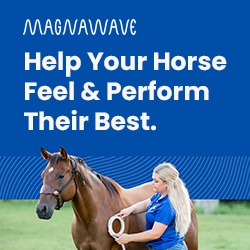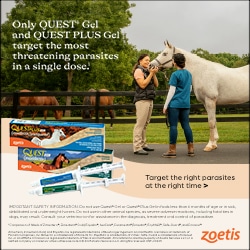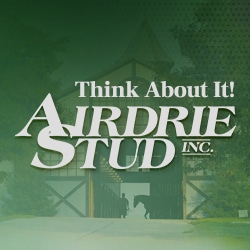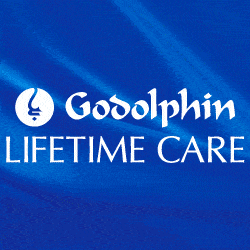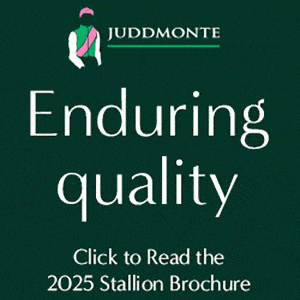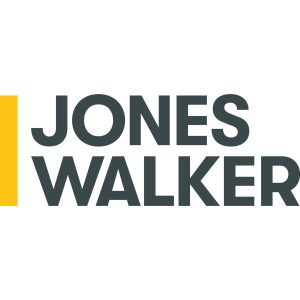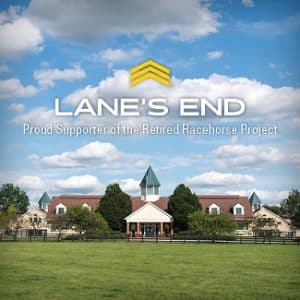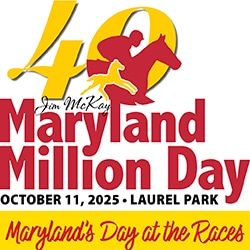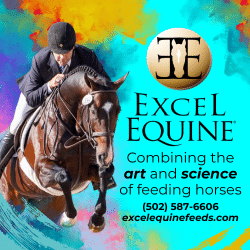Social media has enabled potential OTTB owners to review a large number of retiring Thoroughbred racehorse listings at any time. Newcomers to the breed might find it challenging to consider a prospect right off the track and decide if it’s a match for their desired purpose.
In this column veteran Thoroughbred Makeover trainers share their thoughts about assessing and selecting prospects based only on conformation photos. In honor of 2021’s “Mega-Makeover,” we’re sharing insights from each competition year from the same discipline.
Our Trainers
■ Charles Hairfield, 2020 Show Hunter winner with Still Dreaming
Hairfield’s love for the horse is lifelong as well as a family trait — his aunt showed Arabian horses to the national championship level, while his passion has always been for the Thoroughbred. Hairfield has worked at the Seabrook Island Equestrian Center, in South Carolina, since 1998 and has served as its director since 2005. He’s always ridden off-track Thoroughbreds and began buying and selling them off the track after college.
■ Alexandra Beckstett, 2021 Show Hunter winner with Icarius
A hunter rider for her entire life, Beckstett has competed at every level of the sport, from local events to rated competitions at such classic venues as the Devon Horse Show. While she long had an appreciation for bringing along green horses and projects, she didn’t get exposed to off-track Thoroughbreds until she moved to Kentucky in 2008, where her trainer always had plenty of prospects transitioning to second careers. Beckstett discovered the Thoroughbred’s light and sensitive way of going complemented her riding style, and her recent hunters have been OTTBs.
Choosing a Horse
Charles Hairfield is a professional based in Johns Island, South Carolina, and Alexandra Beckstett is an adult amateur based in Cincinnati, Ohio. Both trainers apply their experience in the hunter ring to choosing prospects, emphasizing overall appearance and way of going to help determine suitability for the discipline. “Conformation and movement are the deciding factors,” says Hairfield. “I’m looking for a horse that’s beautifully put together.”
Beckstett agrees: “I search for prospects that are well-balanced and good-looking, with ground-covering, floating movement.” Both trainers also agree that form over fences can be developed but, as Beckstett describes, “one that has natural balance is likely to develop lead changes and handiness more easily.” She also prefers a bigger horse that will have an easier time getting down the lines.
Hairfield is willing to work with all kinds of track temperaments and mindsets — in his experience both attributes can and do change as a horse transitions to a different lifestyle. “Turnout can do a horse a lot of good,” he adds. “As weird as it sounds, when I see a horse, I tend to have an instant gut feeling if it’s going to be a good match or not.” Beckstett prefers to look for a quiet personality and good mind off the bat.
When it comes to shopping for prospects, our trainers’ methods vary. Hairfield has sourced horses through multiple channels, from buying them sight-unseen off a photo or jog video to working with trusted connections within the racing industry. As an adult amateur, Beckstett works with her trainer to help find and evaluate prospects and much prefers to see horses in person and watch them at least trot — something she knows is easy to do in the Bluegrass, where Thoroughbreds are plenty and she has an established network of connections.
Meet the Prospects
Our horses for this edition come from After the Races, in Elkton, Maryland, which specializes in rehabilitation.
After the Races keeps 20 Thoroughbreds at its facility at a time and is nearly always full. Horses come from private owners and trainers who are willing to make a one-time donation toward their horses’ care. The organization also partners with Second Call of New Jersey and New Start for Horses of Pennsylvania. After the Races is accredited through the Thoroughbred Aftercare Alliance and is an ASPCA Right Horse partner organization.
The horses pictured here are all currently in work under saddle and actively seeking new homes. While these three horses might no longer be available for adoption when this issue hits your mailbox, After the Races has plenty of prospects looking for their next partners.
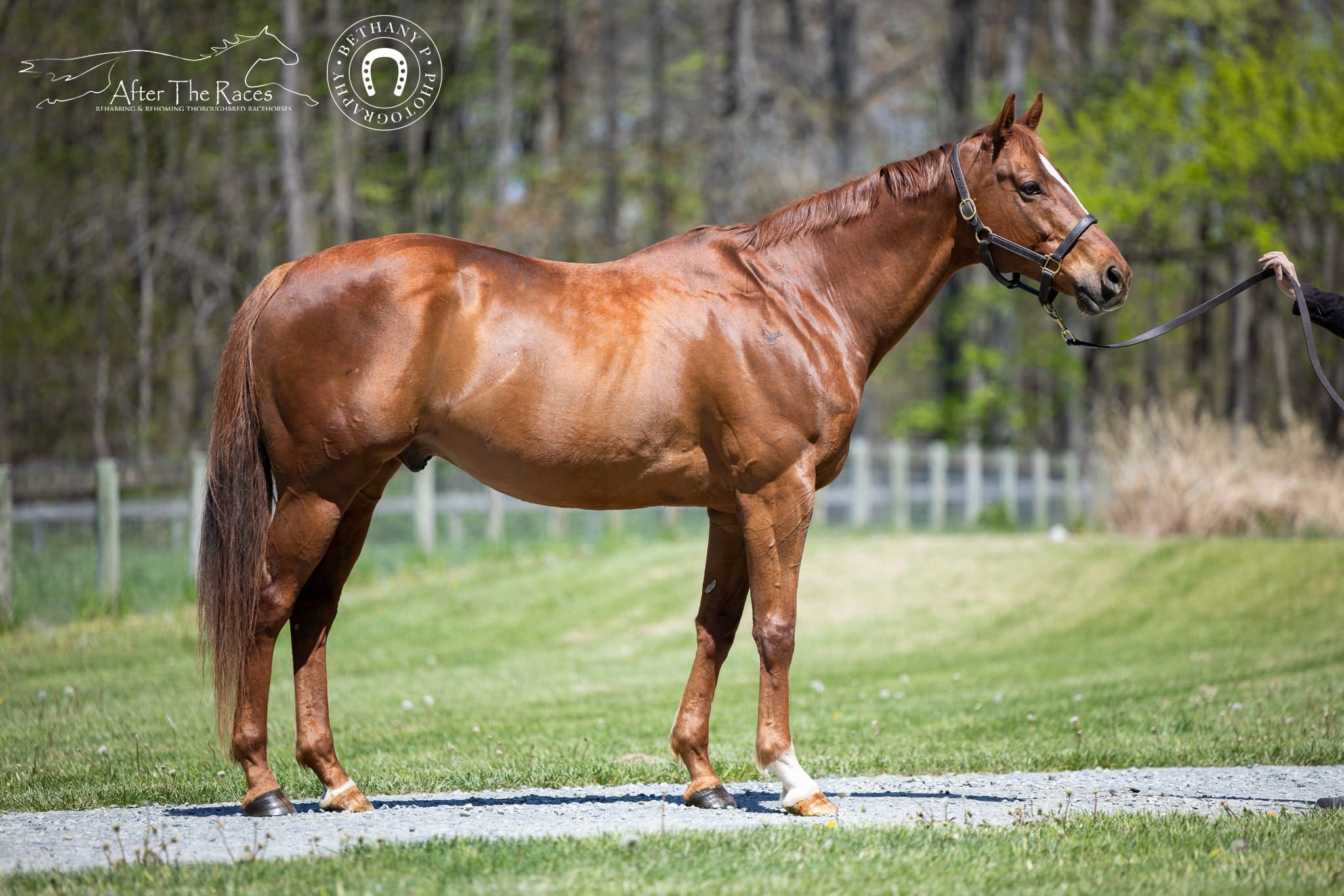
Dubai Journey (E Dubai — Julies Journey, Jules), 2014 gelding
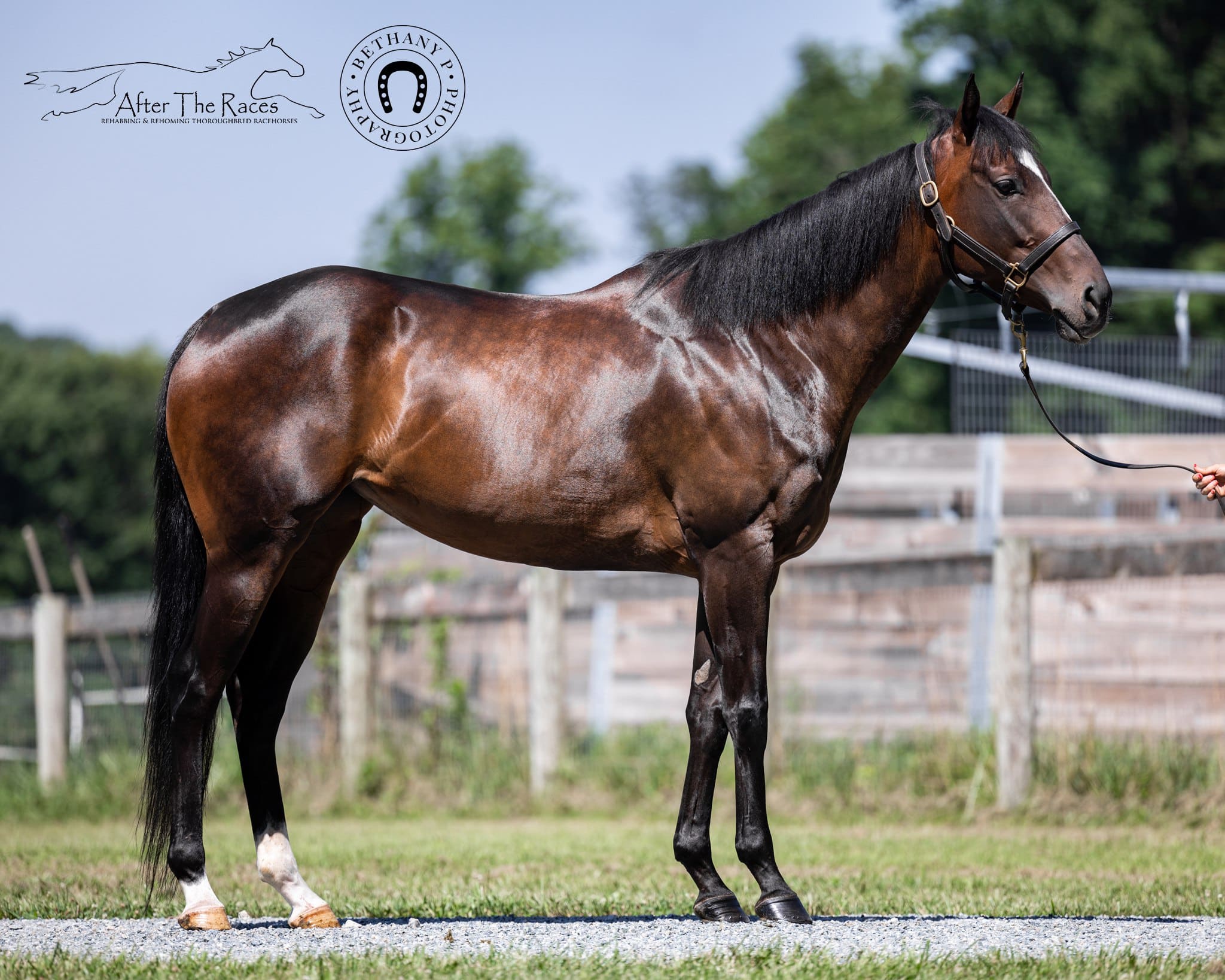
Jane Joyce (Golden Lad — Sister Silver, Saint Ballado), 2017 mare
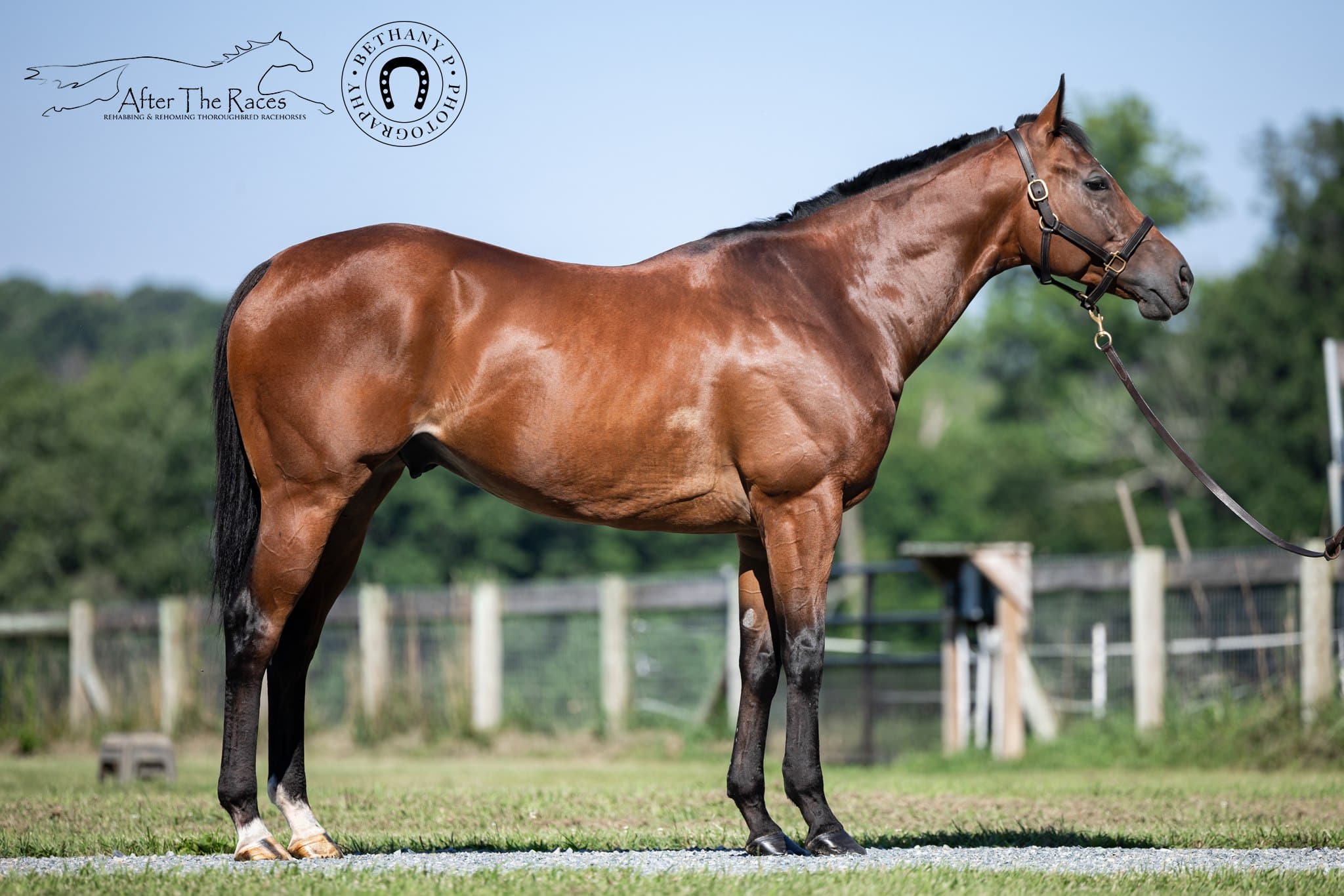
Pascal Chant (Etched — Rhythmically, Meadow Monster), 2015 gelding
Hairfield’s Picks
Horse 1 I see a horse with a beautiful body. This gelding has a great topline and a strong hind end. He is a little short in the neck but has a very nice slope to his shoulder, and I’d say he’d make a great hunter prospect.
Horse 2 This horse is in great body condition! She’s a little bit more upright than the first horse but has a nice topline and a great shoulder. She may be a better dressage candidate as her movement may be more up and down, as opposed to the first horse, who looks like he should move a little flatter.
Horse 3 This looks like a horse who potentially may have been kept a stallion a little longer than the other gelding. He’s well-balanced and well-muscled. His neck is a little bit longer and he’s a little upright in the pastern, but he is probably a good mover and looks very comfortable. I’d like to ride him!
Beckstett’s Picks
Horse 1 This horse catches my eye as one that’s ready to step into the hunters. He “fits in a box,” as you might say in the conformation ring. He’s well-balanced and muscled, with long forearms and short cannon bones indicative of an efficient stride. I love his expression and kind eye — he seems like the type of horse that can take a joke!
Horse 3 This horse is a lovely fellow with an attractive head. He’s slightly long in the back, but that usually doesn’t bother me, as these horses often have good scope over fences. I’d imagine with more topline and conditioning he’d balance out. He looks like he’d have a nice ground-covering stride.
Horse 2 I like this horse’s big shoulder, good feet, and uphill build, but she doesn’t strike me as looking quite as athletic as the other two. I’d like to see a smoother topline and stronger hindquarters on a hunter prospect. Her head’s also not as refined as you’d like to see for the hunter ring. The angle of her back and withers suggests that saddle fit could be tricky, but her shape might change as she develops.

